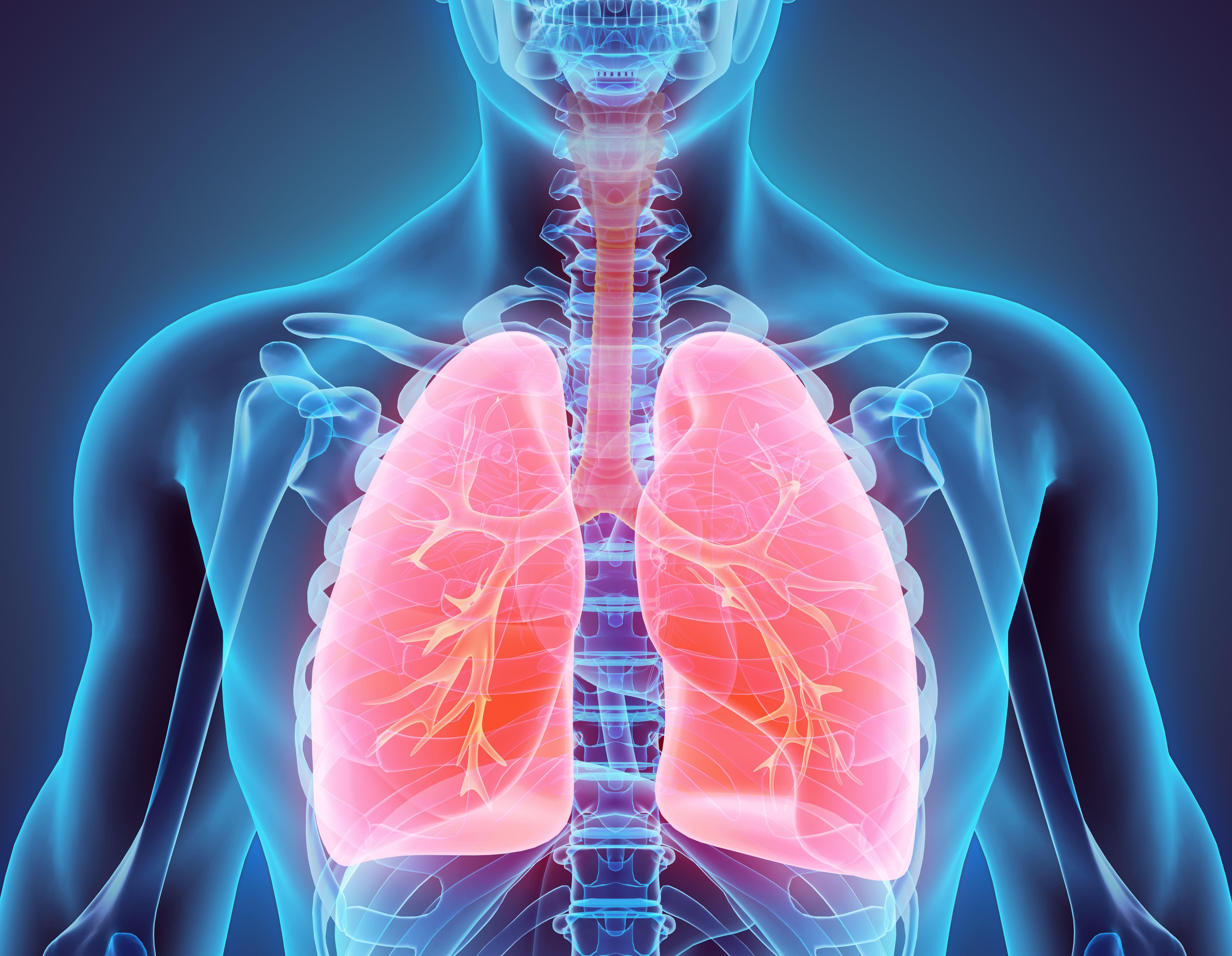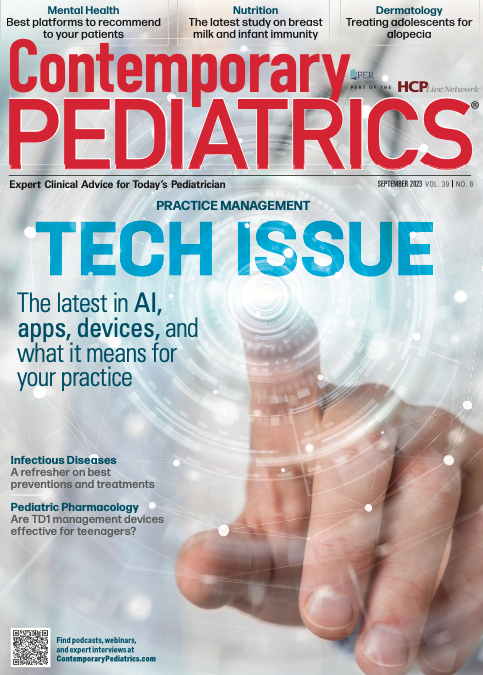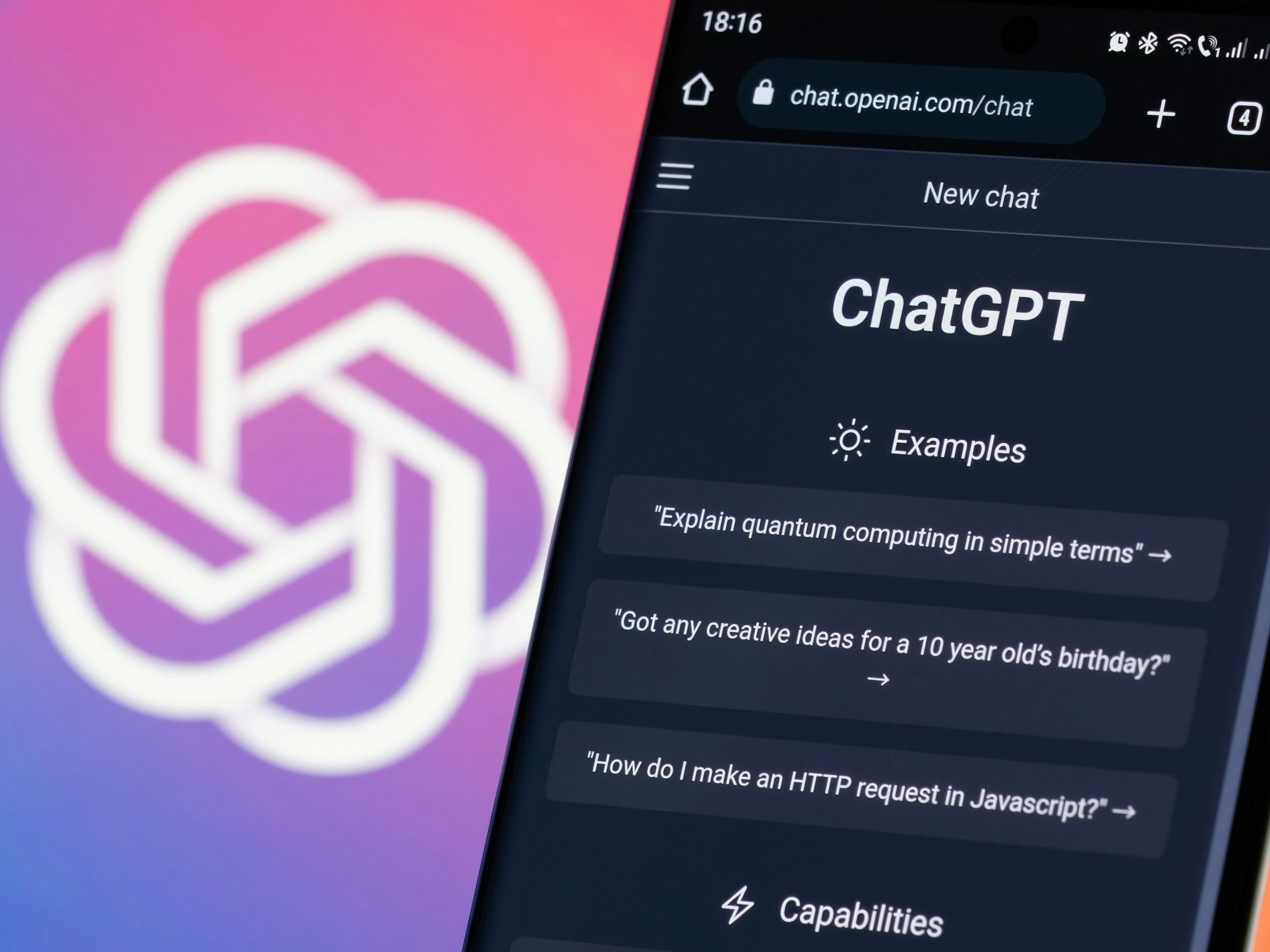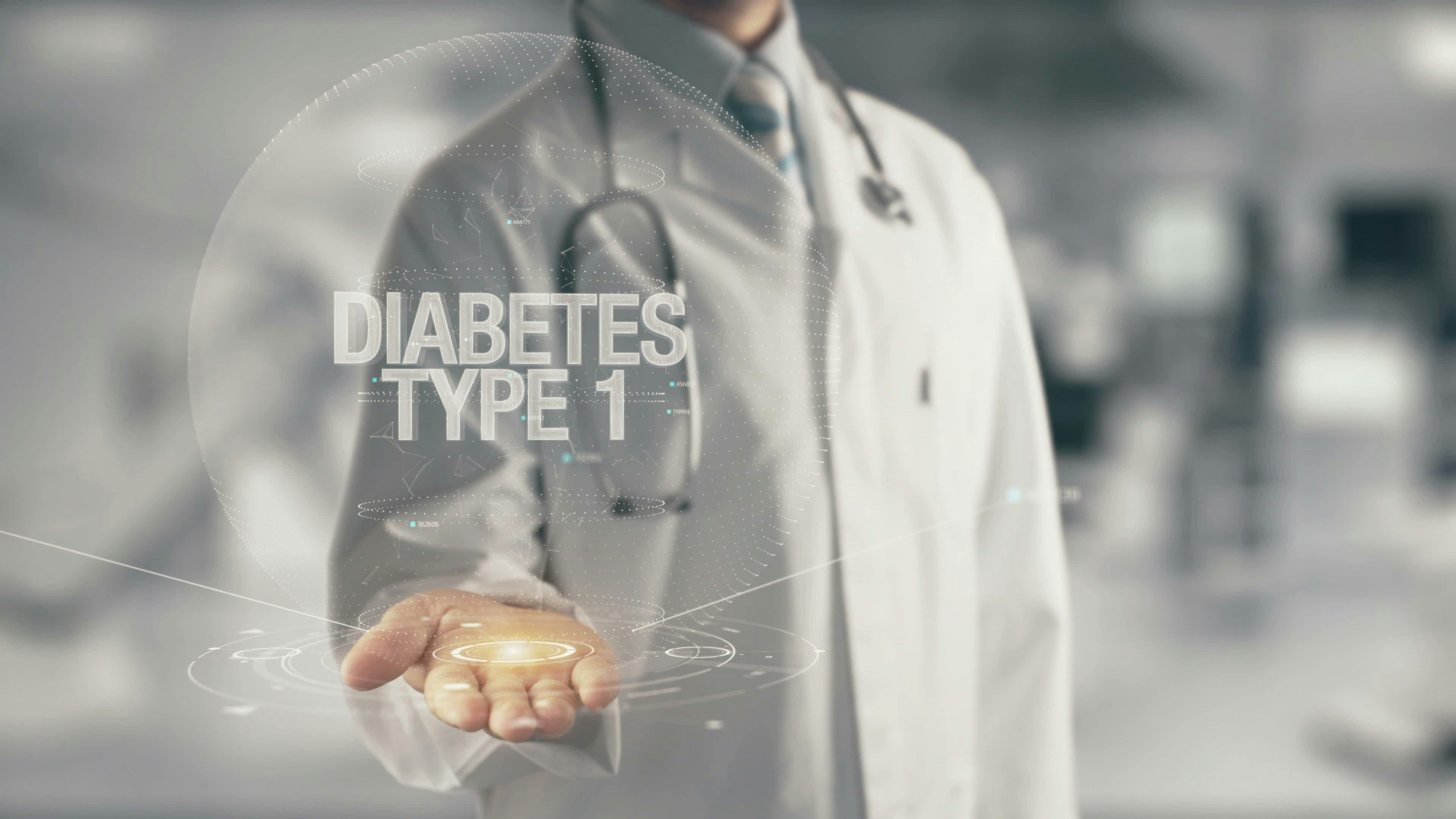Hybrid, AI stethoscope effective for detecting cardiac and respiratory disease
Study authors stated that several past studies have put focus on training an independent model separately for lung or heart sound diagnosis but note that having a model that can “simultaneously detect abnormal lung and heart sounds,” is essential.
Hybrid, AI stethoscope effective for detecting cardiac and respiratory disease | Image Credit: © yodiyim - © yodiyim - stock.adobe.com.

Advancements in deep learning analytics that can interpret human body sounds for clinical purposes continue to advance, and how these technologies can be applied continue to be studied. According to an article published in Sensors, advancing the stethoscope and infusing artificial intelligence (AI) technology has several benefits, including the ability to automatically provide and produce digital audio records and diagnostic results.
Early detection of cardiac and respiratory diseases is crucial when it comes to intervention effectiveness. For years, the stethoscope has been an efficient auscultation device that allows respiratory and cardiac assessment through heart sounds, rhythm, and respiratory sounds. Since auscultation relies on physician experience, the process has the potential to be highly subjective. Paired with complicating sound signals for various heart and lung diseases, identification and interpretation of sounds in auscultation has been reported as a generic issue in previous studies and could lead to inaccurate diagnosis or mistreatment.
Efforts to create automated detection methods of the sounds for clinical purposes are ongoing. Study authors stated that several past studies have put focus on training an independent model separately for lung or heart sound diagnosis but note that having a model that can “simultaneously detect abnormal lung and heart sounds,” is essential.
Investigators developed a hybrid model to classify cardiac and respiratory dysfunction, using convolutional neural network (CNN) and best discrepancy forest (BDF). Experiments resulted in a hybrid model that “outperforms the state-of-the-art methods,” investigators stated in the study. Investigators also designed a digital stethoscope that connects to a low-cost Raspberry Pi Zero 2w single-board computer. The proposed model ran “smoothly” on the computer and because of the low cost associated with the digital stethoscope (approximately $25), it can be used in developing countries, the study authors noted.
Experiments demonstrated that this model could diagnose 11 types of heart and lung diseases with “satisfactory” performance and is capable of being deployed on a low-cost single-board computer. Two publicly available datasets were employed for the experiment. The International Conference on Biomedical Health Informatics (ICBHI) 2017 dataset, which collected from 126 people in Greece and Portugal. The dataset featured 5.5 hours of audio recordings, sampled from frequencies 4 kHz, 10 kHz, and 44.1 kHz, with recording lengths ranging from 10 seconds to 90 seconds. The heart sound dataset was comprised of 1000 records, evenly distributed in 5 categories: normal (N), mitral stenosis (MS), aortic stenosis (AS), mitral regurgitation (MR), and mitral valve prolapse (MVP). The experimental results demonstrated that the 11-class prediction model “could achieve 99.94% accuracy, 99.84% precision, 99.89% specificity, 99.66% sensitivity, and 99.72% F1 score.”
The authors noted that the hybrid model can simultaneously detect lung and heart diseases, though “classification problems with many classes with imbalanced datasets present more of a challenge a problem with fewer classes.” Experiments demonstrated that the proposed hybrid model that handles 11 classes could reach better performance than other models that use the same datasets with fewer classes. A limitation of the study is that the proposed hybrid model has not been tested in hospitals. Authors hope additional funding produces more digital stethoscopes and to collaborate with hospital staff for model testing and data acquisition.
Reference:
Zhang M, Li M, Guo L, Liu J. A low-cost AI-empowered stethoscope and a lightweight model for detecting cardiac and respiratory diseases from lung and heart auscultation sounds. Sensors 2023,23,2591. https://doi.org/ 10.3390/s23052591

The Role of the Healthcare Provider Community in Increasing Public Awareness of RSV in All Infants
April 2nd 2022Scott Kober sits down with Dr. Joseph Domachowske, Professor of Pediatrics, Professor of Microbiology and Immunology, and Director of the Global Maternal-Child and Pediatric Health Program at the SUNY Upstate Medical University.
Overview of biologic drugs in children and adolescents
March 10th 2025A presentation at the 46th National Association of Pediatric Nurse Practitioners (NAPNAP) conference explored the role of biologics in pediatric care, their applications in various conditions, and safety considerations for clinicians.


























